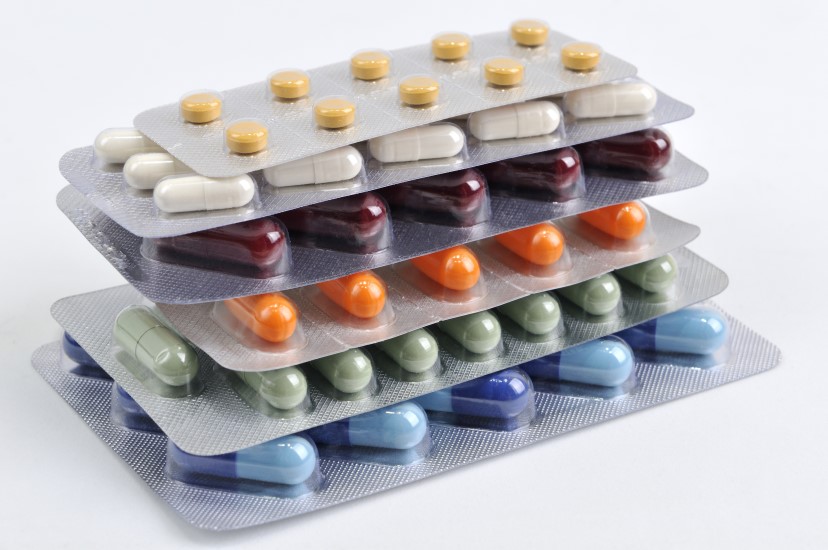
As the world grapples with environmental concerns and the need for sustainable practices, the pharmaceutical industry, including the Pharma Blister Packaging Market, faces unique challenges in reducing its ecological footprint. Blister packaging, although an effective and widely used solution, presents several sustainability challenges that necessitate innovative approaches to mitigate environmental impacts.
One of the primary challenges lies in the materials used for Pharma Blister Packaging Market . Traditional blister packs often involve a combination of plastic and aluminum, which are resource-intensive to produce and challenging to recycle. The non-biodegradable nature of these materials poses a significant waste management issue, especially in countries with limited recycling capabilities.
To address this challenge, the industry is exploring alternative materials for blister packaging that are more environmentally friendly. Bio-based plastics, recycled materials, and compostable films are among the options being considered to reduce dependency on fossil fuels and minimize packaging waste. These sustainable materials offer the potential to lower the carbon footprint associated with blister packaging.
Another sustainability challenge in the Pharma Blister Packaging Market is the need to strike a balance between child-resistant and senior-friendly packaging features. While child-resistant packaging is critical to prevent accidental ingestion, it often involves additional layers or materials that increase the overall environmental impact. Finding innovative designs that maintain safety standards while minimizing waste is a key consideration.
Furthermore, the Pharma Blister Packaging Market faces challenges in optimizing packaging size and weight. Reducing the amount of packaging material used for each dose can lead to substantial savings in resources and transportation costs. However, this must be balanced with the need to ensure adequate protection of the medication and compliance with regulatory requirements.
Addressing the challenges of environmental sustainability in the Pharma Blister Packaging Market requires collaboration among stakeholders, including pharmaceutical companies, packaging manufacturers, regulatory authorities, and consumers. Industry-wide initiatives that promote sustainable packaging practices, recycling programs, and the adoption of greener materials can drive positive change.
Moreover, consumer education and awareness play a vital role in encouraging environmentally responsible choices. By making consumers aware of the environmental impact of blister packaging and providing guidance on recycling and disposal, pharmaceutical companies can promote eco-conscious behaviors.
Aseptic processing ensures that products remain free from harmful microorganisms and contaminants.
The primary goal of Aseptic Processing is to prevent the introduction of any unwanted pathogens into the production process.
In conclusion, the Pharma Blister Packaging Market faces significant challenges in achieving environmental sustainability. Embracing eco-friendly materials, optimizing packaging designs, and fostering a collective commitment to sustainability are crucial steps toward reducing the industry's environmental impact and contributing to a greener future.




























